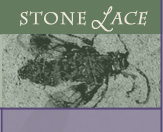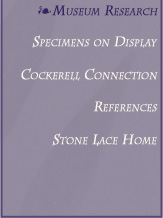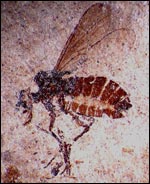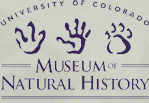 |
 |
||||||||
|
Using Fossil Insects to Determine Ancient Climates Research by Amy P. Moe, Invertebrate Paleontology Collection Manager and Recent Graduate of Museum and Field Studies Program, CU Museum
Using fossil flies (Diptera) from the Florissant Formation (Eocene) of Colorado, Ms. Moe used the Mutual Climatic Range (MCR) method of determining paleo (or ancient) climate, a method which compares the geographic ranges of insects from a specific location to that insect's known climatic tolerances (temperature minimums, maximums, and averages). The climactic tolerances of each insect found at a particular site are plotted on a graph, and the range where all the insects overlap represents the overall climate range for the area at that time.
Ms. Moe discovered that using a MCR approach with fossil flies can provide an accurate estimate of paleoclimate for older fossil groupings. The climate estimate for the Florissant area in the Eocene era was 12-14°C, which is well within the range of estimates for Florissant that scientists derived from plant fossils. The temperature indicated by the climate estimate indicates a warm-temperate to temperate environment. This research ultimately demonstrated that fossil insect assemblages can provide an important resource of data for estimating ancient climates. Return to the Museum Research page. |

|
||||||||
|
|
|||||||||
|
|||||||||


